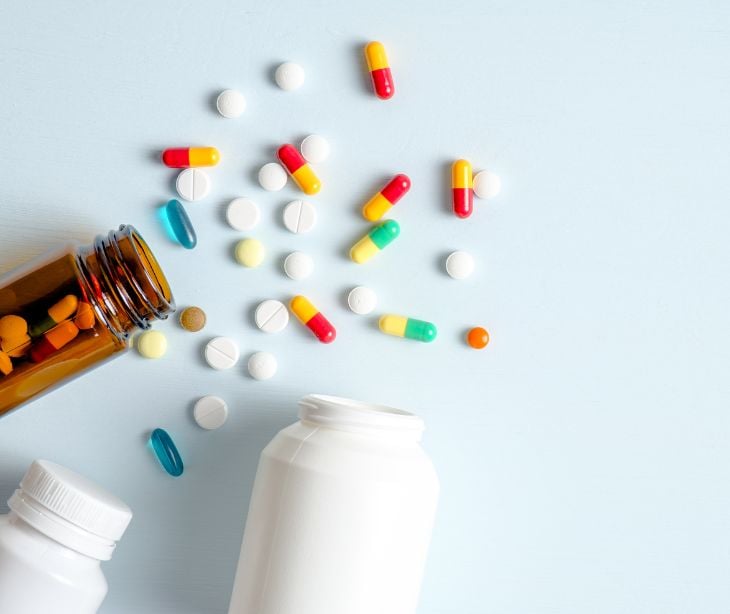
The Patient Safety Network is a system established under Section 923 of the Patient Safety and Quality Improvement Act of 2005 (PSQIA) to enhance patient safety and healthcare quality. Originating from this legislation, its primary purpose is to create a secure and confidential environment for healthcare providers and organizations to report and analyze patient safety incidents and errors voluntarily. The network, through its collection and analysis of data, allows for the identification and prevention of medical errors.
How does the Patient Safety Network function?
The network's core operation is based on voluntary reporting of patient safety incidents by healthcare providers to Patient Safety Organizations (PSOs). According to the PSO website, “Working with a PSO makes it possible for information to receive certain legal protections and to be contributed to the Network of Patient Safety Databases (NPSD), which includes a variety of data reporting tools. PSOs were created by the Patient Safety and Quality Improvement Act of 2005 (the Patient Safety Act).”
These PSOs, central to the network, collect and analyze the data, identifying trends and root causes of safety issues. The PSQIA provides legal protections to ensure the confidentiality of this reported information, encouraging open and fear-free reporting. PSOs then use their analyses to give feedback and recommendations to healthcare providers, fostering a culture of continuous improvement in patient safety.
The lifecycle of data
Who can access the data in the patient safety network?
Access to the data within the Patient Safety Network is carefully controlled and primarily limited to specific groups to ensure patient confidentiality and data security. PSOs, the primary entities managing this data, have direct access for the purpose of analysis and improvement recommendations.
Healthcare providers who submit data can access their own reports and receive tailored feedback and analysis from PSOs. Within healthcare institutions, access is typically restricted to authorized personnel involved in patient safety and quality improvement initiatives. For research purposes, access may be granted to qualified researchers under stringent conditions, ensuring that patient privacy is upheld.
Related: HIPAA Compliant Email: The Definitive Guide
Types of data collected
- Details of patient safety incidents, including errors and near-misses.
- Information on outcomes of reported incidents, including patient harm.
- Data related to causes or contributing factors of incidents.
- Information on interventions used to prevent or address safety incidents.
- Details of effective practices and procedures for patient safety.
- Statistical data showing patterns or trends in patient safety incidents.
- Responses or advice from PSOs to healthcare providers based on data analysis.
- Data on the effectiveness of quality improvement strategies.
- Details regarding adherence to safety protocols and guidelines.
What happens to the data
- Collection of incident reports and related information from healthcare providers.
- Aggregation of this data by Patient Safety Organizations (PSOs).
- Analysis to identify trends, patterns, and root causes of safety incidents.
- De-identification to ensure patient privacy and confidentiality.
- Feedback was provided to healthcare providers based on the analysis.
- Development of recommendations and best practices for improving patient safety.
- Sharing insights and knowledge with the broader healthcare community.
- Inclusion in public reports and research for more general awareness and learning.
- Continuous monitoring for quality improvement and safety enhancement.
The relationship between the PSQIA and HIPAA
HIPAA and PSQIA are healthcare regulations overseen by HHS. HIPAA maintains PHI privacy and security, while PSQIA concentrates on patient safety and healthcare quality by ensuring the confidentiality of patient safety data. Both require business associates and PSOs to comply with specific rules and enforce monetary penalties for violations. They encourage compliance programs, promote patient information protection standards, and enhance patient safety.
See also: How the Patient Safety and Quality Improvement Act correlates with HIPAA
See also: When should you ask for a business associate agreement?
FAQs
What is PHI?
It stands for protected health information which is any information about a person's health, healthcare services, or payment for healthcare.
What is the function of the PSQIA?
The PSQIA is a law designed to improve patient safety by encouraging healthcare providers to report errors and accidents.
What is a business associate?
Any person or company that performs services for a healthcare provider or organization that involves accessing or handling PHI.
Subscribe to Paubox Weekly
Every Friday we'll bring you the most important news from Paubox. Our aim is to make you smarter, faster.




